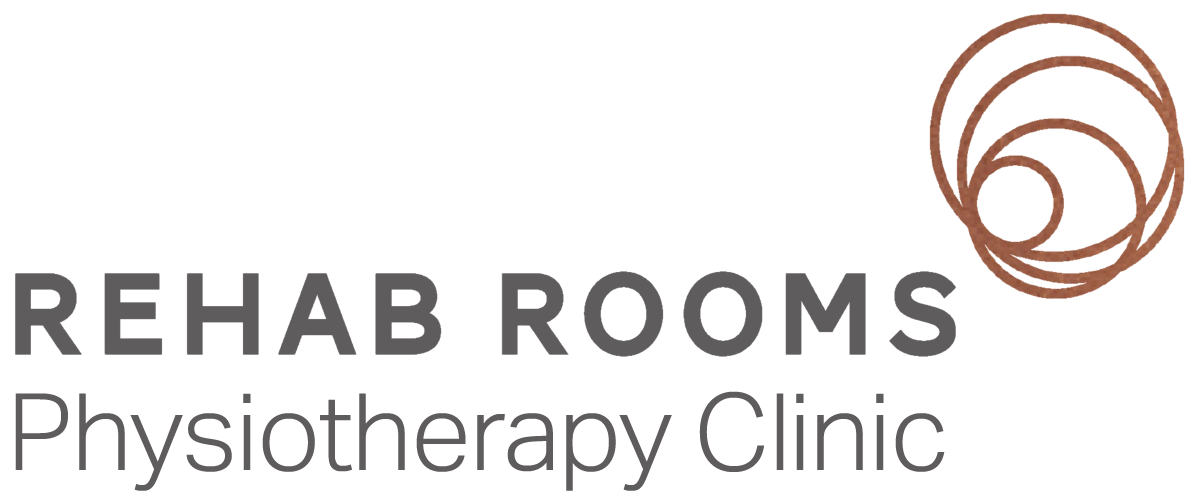Tips for Return to Exercise for new Mums
International Women’s Day Tuesday 8th March
By Dawn Cantwell Clinical Specialist Chartered Physiotherapist
When to Return to Exercise after your baby has arrived?
Returning to exercise, running or sports after having a baby can be an overwhelming process. For some new mums this gets pushed to the backburner when you’re busy looking after your new baby and other mums are desperate to get back moving and training as soon as possible. There are a number of factors you need to consider before returning to exercise including pre-existing fitness, your pregnancy, labour and delivery experience and you and your baby’s post-natal health, as well as the type of exercise you want to get back to.
But mums...Too much, too soon can cause long term problems and regrets, so don’t rush!
The good news…
You will get back to exercise soon and should be able to get back to your pre-natal level of strength and fitness.
The not so good news…
No matter how you gave birth, pregnancy alone is a risk factor for pelvic floor dysfunction, pelvic and low back pain and abdominal weakness and these can be exacerbated significantly by rushing back into things. Unfortunately, if you stress and load your body too soon before adequate rehabilitation and strengthening has occurred it can lead to musculoskeletal pain, urinary incontinence, delayed abdominal separation resolution or pelvic organ prolapse.
But more good news…
Appropriate rehabilitation exercises can help address injuries or conditions sustained during pregnancy or in the early postnatal period (such as pelvic stress, low back pain, pelvic floor dysfunction) as well as aches and pains associated with being a new mum like upper back pain from carrying or breastfeeding your baby.
Essentially it is so important that your return to exercise is safe and slow and this is best guided by a health professional like your physiotherapist.
So, where to start?
Immediately after birth your body needs to recover from the marathon of childbirth so rest and recovery is vital! In fact, rest alone (yes, just sitting back and relaxing!) can significantly help a mild prolapse resolve.
What exercise can you do?
0-6 weeks: As soon as you are comfortable, you can start with some gentle pelvic floor activation exercises - you should be familiar with these from during your pregnancy. From then, until your 6 week appointment with your GP or Obstetrician, you can slowly build up some light cardiovascular exercise like walking. Good footwear is essential especially on hard ground. You may have slowed down your walking during the last few weeks of pregnancy so hitting the tarmac at pace is not good for your legs and feet let alone your tummy and pelvic floor. Following on from our previous blog “Spring into Walking” Check it out here- http://www.rehabrooms.ie/blog
You can also add some gentle stretches and controlled deep core exercises like pelvic tilts and deep abdominal activation.
If you had a non-traumatic birth you may be able to commence light body weight exercises like bridges, squats and light upper body resistance exercises (in line with day to day requirements of caring for your baby) at around 4 weeks.
6-12 weeks: Around the 6 week mark, you should have a check-up with your obstetrician or GP. This appointment should be about you as well as your baby- make sure to ask your doctor about any concerns you have and chat about returning to exercise. Once they are happy for you to start to return to exercise - this is not your green light to start running around the block, but rather to start on your rehabilitation and return to the exercise journey!
Exercising at this stage can start to become a little more interesting and challenging. Work on safe abdominal strengthening, glut strength, body weight squats and lunges, light upper body resistance. You may be able to start pushing on with longer walks and start using an exercise bike (if that saddle is comfortable!!!!) and swimming from approximately 8 weeks (if everything is healed up well).
12+ weeks: In order to successfully return to higher impact exercise like running, you need a strong and coordinated pelvic floor, strong abdominals, movement patterns to be normalised, and the list goes on. As a general rule, high impact exercise should not be recommenced until at least 12 weeks, but usually more like 16 weeks. Again this is a general rule and is different for everyone! This means that the time between your 6 weeks check up and return to your exercise of choice should be spent rehabilitating and regaining strength.
Ref: Goom, Donnelly and Brockwell – March 2019. 'Returning to running postnatal – guidelines for medical, health and fitness professionals managing this population’
Here's a handy infographic which summarises physical activity after child birth. Courtesy of UK Chief Medical Officer's Physical Activity Guideline's 2019. Please see below!
What to do next…
The best way to get started at this point is to start with an assessment with an experienced physiotherapist, who will ask plenty of questions about pregnancy, birth and beyond, as well as your goals and how you’re currently feeling. From here we can tailor a rehab program that suits you working at home, in a gym or in a postnatal specific Pilates setting (including mums and baby classes). If you would like to get an assessment and discuss your specific needs, simply send us an email info@rehabrooms.ie or give us a call to book a session 01 430 56 34.
To make an appointment with Dawn Cantwell, Clinical Specialist Physiotherapist, please click the button below


